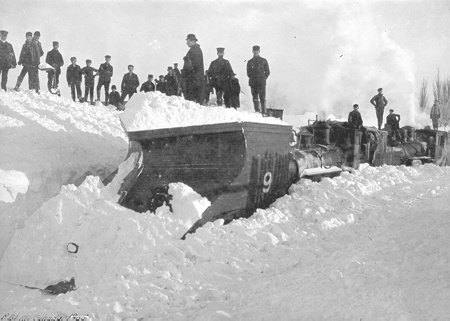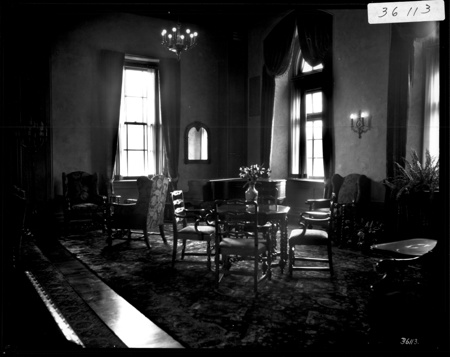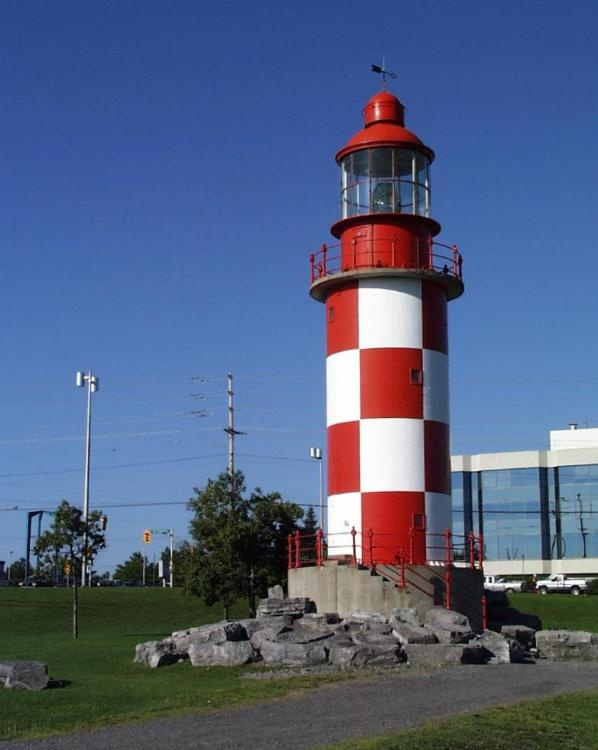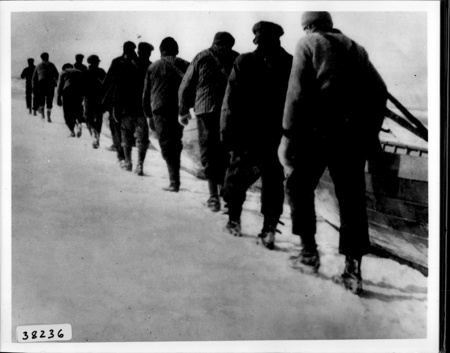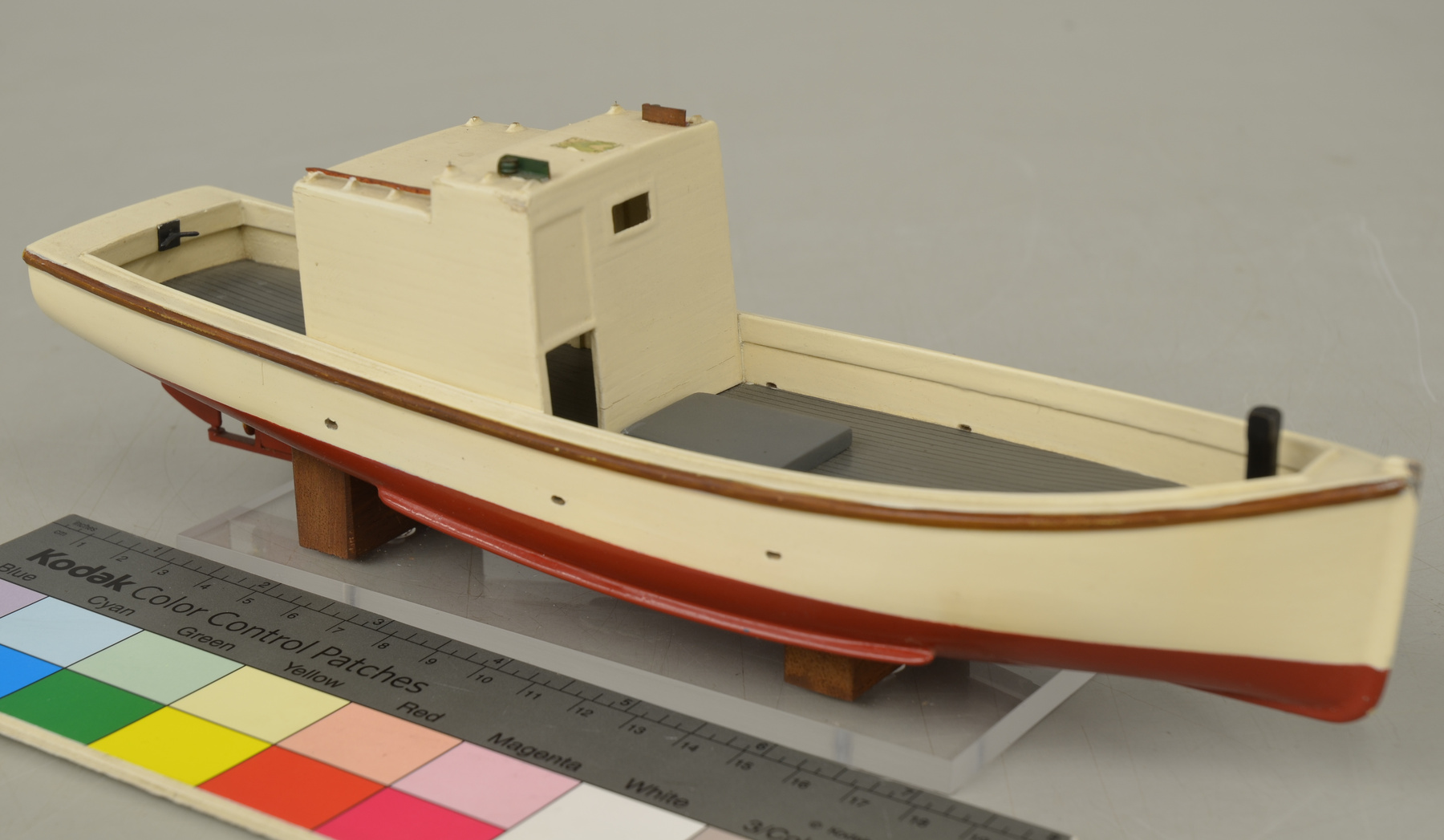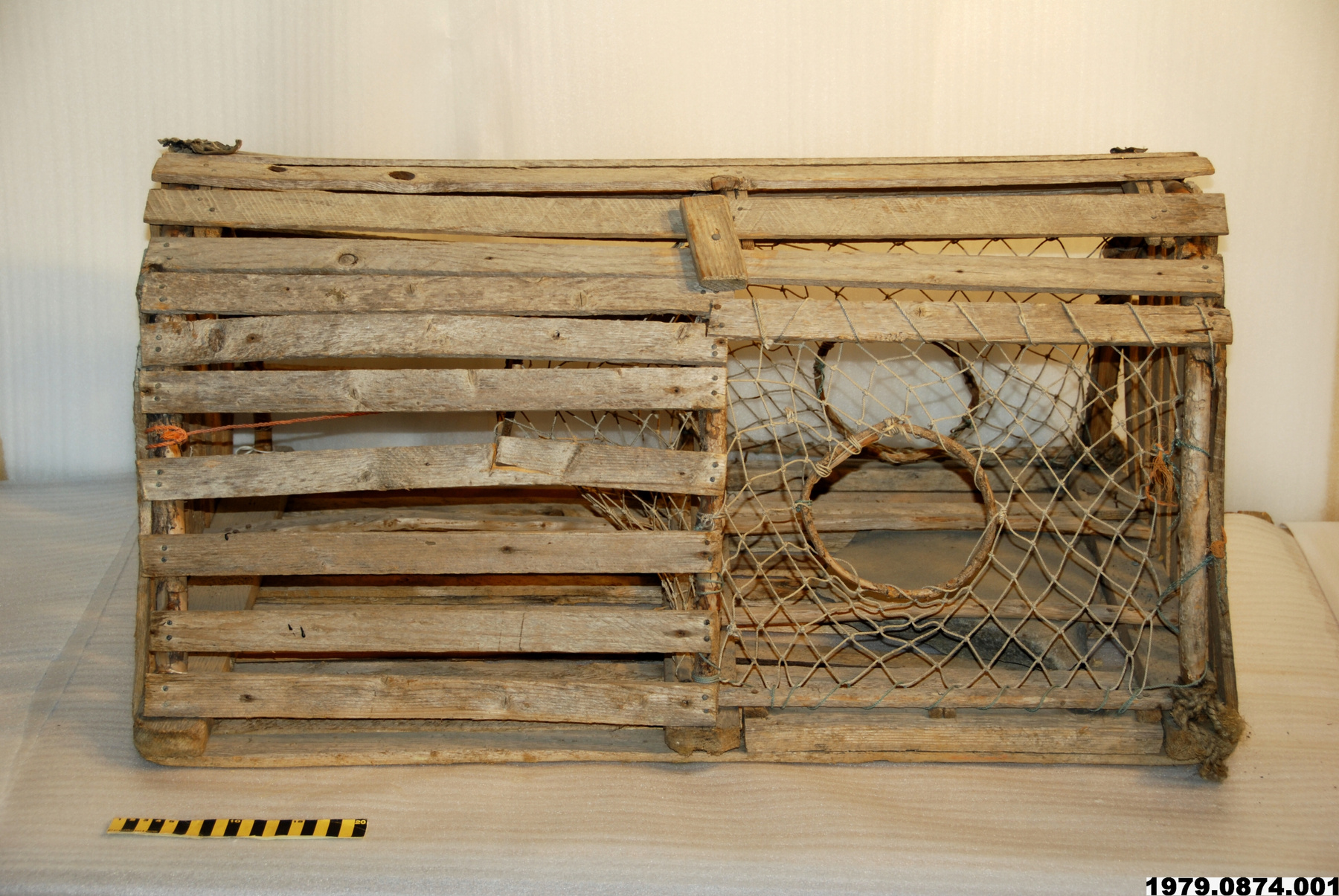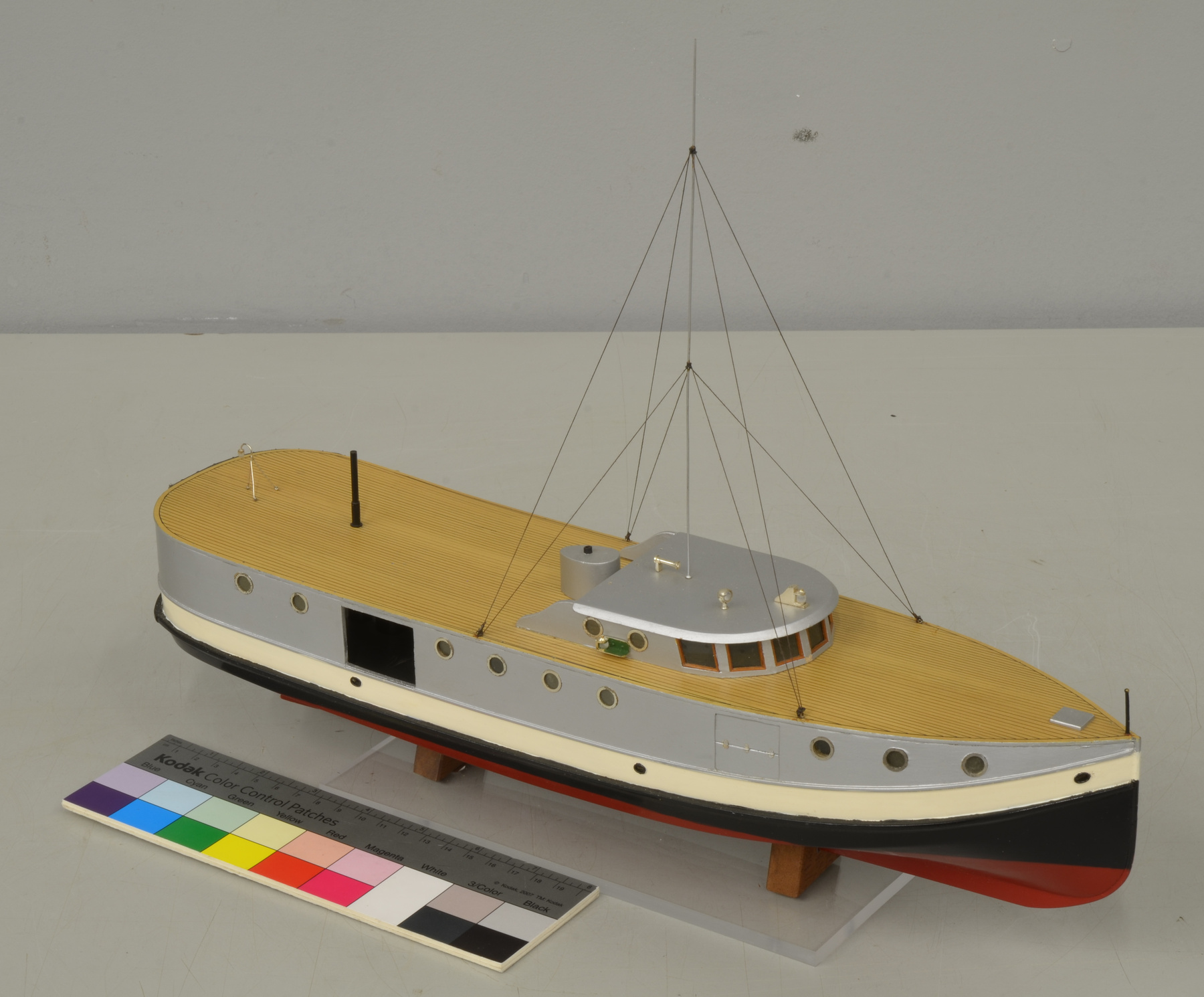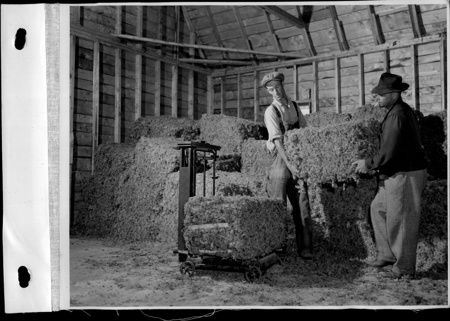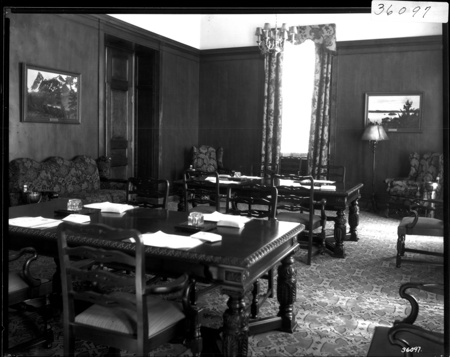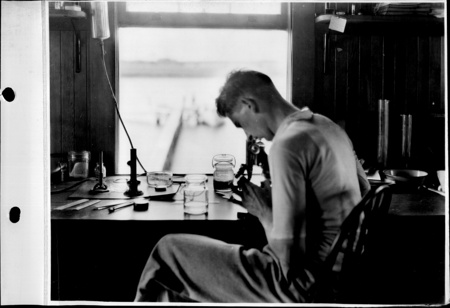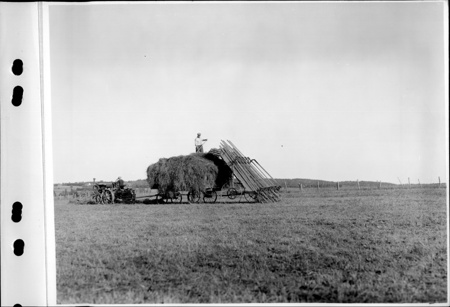Pelle à main pour mousse
Utiliser cette image
Puis-je réutiliser cette image sans autorisation? Oui
Les images sur le portail de la collection d’Ingenium ont la licence Creative Commons suivante :
Copyright Ingenium / CC BY-NC-ND (Attribution-NonCommercial 4.0 International (CC BY-NC 4.0)
ATTRIBUER CETTE IMAGE
Ingenium,
2021.0002.001
Permalien:
Ingenium diffuse cette image sous le cadre de licence Creative Commons et encourage son téléchargement et sa réutilisation à des fins non commerciales. Veuillez mentionner Ingenium et citer le numéro de l’artefact.
TÉLÉCHARGER L’IMAGEACHETER CETTE IMAGE
Cette image peut être utilisée gratuitement pour des fins non commerciales.
Pour un usage commercial, veuillez consulter nos frais de reproduction et communiquer avec nous pour acheter l’image.
- TYPE D’OBJET
- handheld
- DATE
- 1974
- NUMÉRO DE L’ARTEFACT
- 2021.0002.001
- FABRICANT
- Gillis, Gilbert
- MODÈLE
- home built
- EMPLACEMENT
- Point Prim, Prince Edward Island, Canada
Plus d’information
Renseignements généraux
- Nº de série
- S/O
- Nº de partie
- 1
- Nombre total de parties
- 1
- Ou
- S/O
- Brevets
- S/O
- Description générale
- Metal, steel and spruce wood
Dimensions
Remarque : Cette information reflète la taille générale pour l’entreposage et ne représente pas nécessairement les véritables dimensions de l’objet.
- Longueur
- 50,0 cm
- Largeur
- 87,0 cm
- Hauteur
- 206,0 cm
- Épaisseur
- S/O
- Poids
- S/O
- Diamètre
- S/O
- Volume
- S/O
Lexique
- Groupe
- Service des pêches
- Catégorie
- Outils et équipement
- Sous-catégorie
- S/O
Fabricant
- Ou
- Gillis
- Pays
- Canada
- État/province
- Prince Edward Island
- Ville
- Point Prim
Contexte
- Pays
- Canada
- État/province
- Île-du-Prince-Édouard
- Période
- Used from 1974 to 2021.
- Canada
-
Irish Moss (Chondrus crispus) is a species of red algae native to the shores of the north Atlantic and is the source for carrageenan, a thickener used in food processing, and agar, used in biomedicine. Irish moss harvesting became a key fishery in Atlantic Canada after French and Japanese sources of carrageenan were interrupted by the Second World War. By the 1970s, Canadian “mossers” supplied 60-70% of the world’s harvest with PEI accounting for half of Canadian production. For Islanders, Irish moss was the second most important fishery after lobster and was, for many households including that of Gilbert and Goldie Gillis, an important seasonal contribution to annual income. PEI’s Irish moss industry declined in the 1990s as prices, quality, and yield fell. While there still exists some Irish moss harvesting in PEI, the fishery is no longer as important as it was for the 4-5 decades after the Second World War. - Fonction
-
This handmade scoop was used to collect pieces of "storm-tossed" Irish moss in the shallow waters off Point Prim, Prince Edward Island. - Technique
-
Harvesters collect Irish moss from shallow coastal waters using three types of equipment: boat-drawn drag-rakes; horse-drawn scoops; and hand-held scoops, such as this object. This type of scoop was typically used by mossers who did not pursue Irish moss harvesting on a full-time basis during the height of the fishery in the 1970s. Full-time mossers used boats and horses as these modes captured greater quantities of moss. Drag-rakes, drawn by boats, were banned in 1977 as they often captured small lobster as well. - Notes sur la région
-
Inconnu
Détails
- Marques
- none apparent
- Manque
- no
- Fini
- Spruce handle with metal scoop made of chicken wire on a steel rod frame.
- Décoration
- S/O
FAIRE RÉFÉRENCE À CET OBJET
Si vous souhaitez publier de l’information sur cet objet de collection, veuillez indiquer ce qui suit :
Gillis, Gilbert, Pelle à main pour mousse, 1974, Numéro de l'artefact 2021.0002, Ingenium - Musées des sciences et de l'innovation du Canada, http://collection.ingeniumcanada.org/fr/id/2021.0002.001/
RÉTROACTION
Envoyer une question ou un commentaire sur cet artefact.
Plus comme ceci







